Content |
|---|
Characteristics "Barbet (French Water Dog)"
Coexistence is important that you have with your new friend. Before considering the acquisition of a dog of the breed "Barbet (French Water Dog)" you know certain factors. Not all breeds of dogs are apt to live in an apartment, you must take into account his character, their need for exercise, their interaction with other pets, their care and if you have small children, their level of tolerance towards them.
Adaptation ⓘ3.0 out of 5 stars (based on 1 review)
|
friendly dog ⓘ2.0 out of 5 stars (based on 1 review)
|
hair loss ⓘ3.0 out of 5 stars (based on 1 review)
|
|---|---|---|
Affection level ⓘ4.0 out of 5 stars (based on 1 review)
|
Need for exercise ⓘ4.0 out of 5 stars (based on 1 review)
|
Social need ⓘ3.0 out of 5 stars (based on 1 review)
|
Home ⓘ3.0 out of 5 stars (based on 1 review)
|
Toilet ⓘ2.0 out of 5 stars (based on 1 review)
|
Friendly with strangers ⓘ3.0 out of 5 stars (based on 1 review)
|
barking ⓘ3.0 out of 5 stars (based on 1 review)
|
Health ⓘ4.0 out of 5 stars (based on 1 review)
|
Territorial ⓘ3.0 out of 5 stars (based on 1 review)
|
Cat friendly ⓘ3.0 out of 5 stars (based on 1 review)
|
Intelligence ⓘ4.0 out of 5 stars (based on 1 review)
|
Versatility ⓘ3.0 out of 5 stars (based on 1 review)
|
Child friendly ⓘ4.0 out of 5 stars (based on 1 review)
|
Surveillance ⓘ3.0 out of 5 stars (based on 1 review)
|
joy ⓘ4.0 out of 5 stars (based on 1 review)
|
History
The Barbet (French Water Dog) It is a French breed of dog of medium size water.
This dog of waters is a rare species. Almost everyone has heard of breeds like the Poodle, Griffon and the Bichon Frise … Have you ever wondered where all these breeds come from?? Your answer is the following … all came from the Barbet, or as some known, the French Water Dog. Now, Where does he come from French Water Dog? Well, that is a question for which no one has a definite answer, but there are a lot of conjectures.
Some people say that the dog of the Barbet is a descendant of the original Griffon, others say it came from the Bergamasco that were brought from Asia, When was Europe invaded, others say that the Barbet North African wine, travelling through Spain to install on France, people say that, but the french spaniel is not the origin of all Water Dogs, It is very likely that it was close to the original type.
The reality is that Barbet has been in Europe for centuries, There are even writings about him, from the Elizabethan era describing the Barbet and the type of care necessary to keep your hair healthy.
Physical characteristics
compact and vigorous, with good muscles and bones in relation to the volume of your body. The eyes are round, living with an expression that denotes intelligence.
Morphologically is classified as bracoide, head approaching the form primástica, with the wide snout at the same end than at the base and separated from the front by a depression or Groove very marked, gachas ears, long and hanging lips, with highlight of the higher above the level of the mandible.
The standard of the race measured between 58 and 65 cm for the male; and 52 to 61 cm for the female and a weight of between 17 and 28 kg . The Barbet It is the prototype of a water dog with woolly hair, long, curly. The accepted colors by the FCI they are pure black, brown, cervato, clear and grey cervato.
Character and skills
The Barbet was used as a water dog (as its name implies) was a great dog collector for hunting in marshy areas.
This dog has been used by farmers for grazing, but that's not all, This dog, the Barbet He also frequented port areas to be a friend and companion of sailors. A very versatile breed.
- Personality Barbet It is accompanying, joyful, salty, obedient and intelligent. They are quick to learn and need training to obey. You are very kind with children, families and older people.
The Barbet they prefer to be in the same room with the family at all times. They need daily exercise to keep your body and mental state in a healthy state.
The average life of the Barbet is of 13 to 15 years, knowing some case that has come to live 19 years.
Images "Barbet (French Water Dog)"
Videos "Barbet (French Water Dog)"
Type and recognitions:
- FCI CLASSIFICATION:
- Group 8: Retrievers - Flushing Dogs - Water Dogs
- Section 3: Water Dogs. .
Federations:
Recognized by the federations :
- FCI ⓘ
- UKC ⓘ
- CKC ⓘ
FCI breed standard "Barbet (French Water Dog)"
Alternative names
1. Barbet, French water dog (English).
2. Barbet, chien d’eau français (French).
3. Barbet, Französischer Wasserhund (German).
4. Barbet, cão d’água francês (Portuguese).
5. Barbet, Perro de aguas francés (español).
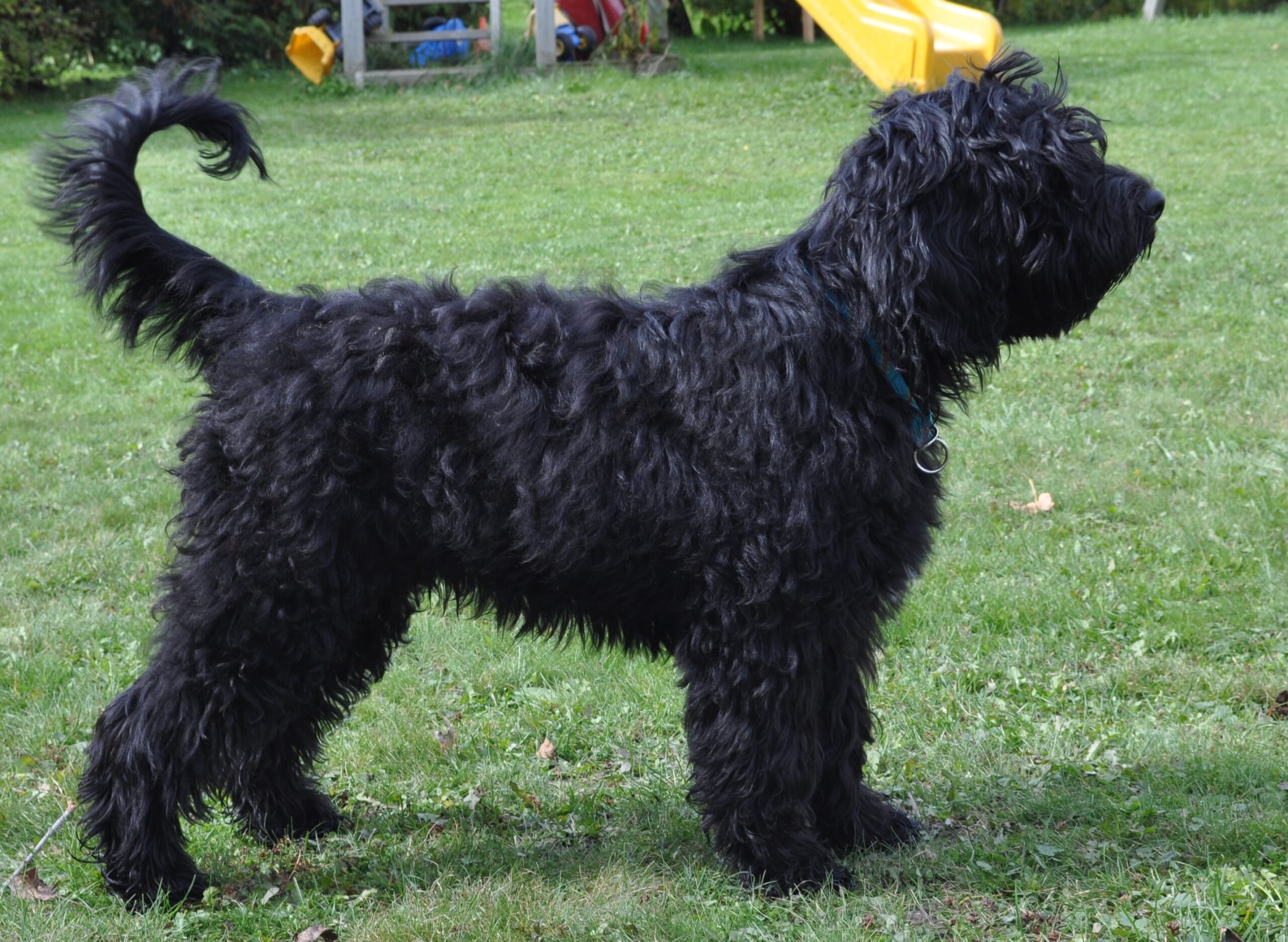
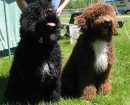
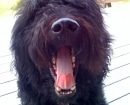
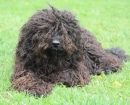
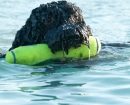
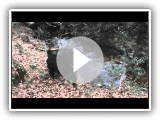 Barbet dogs in the New Forest.
Barbet dogs in the New Forest. Barbet (French water dog) retrieving from water.
Barbet (French water dog) retrieving from water.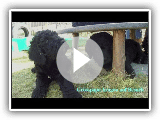 3 Barbet Generationen
3 Barbet Generationen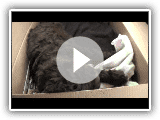 Charlie a French Barbet going Dutch!
Charlie a French Barbet going Dutch!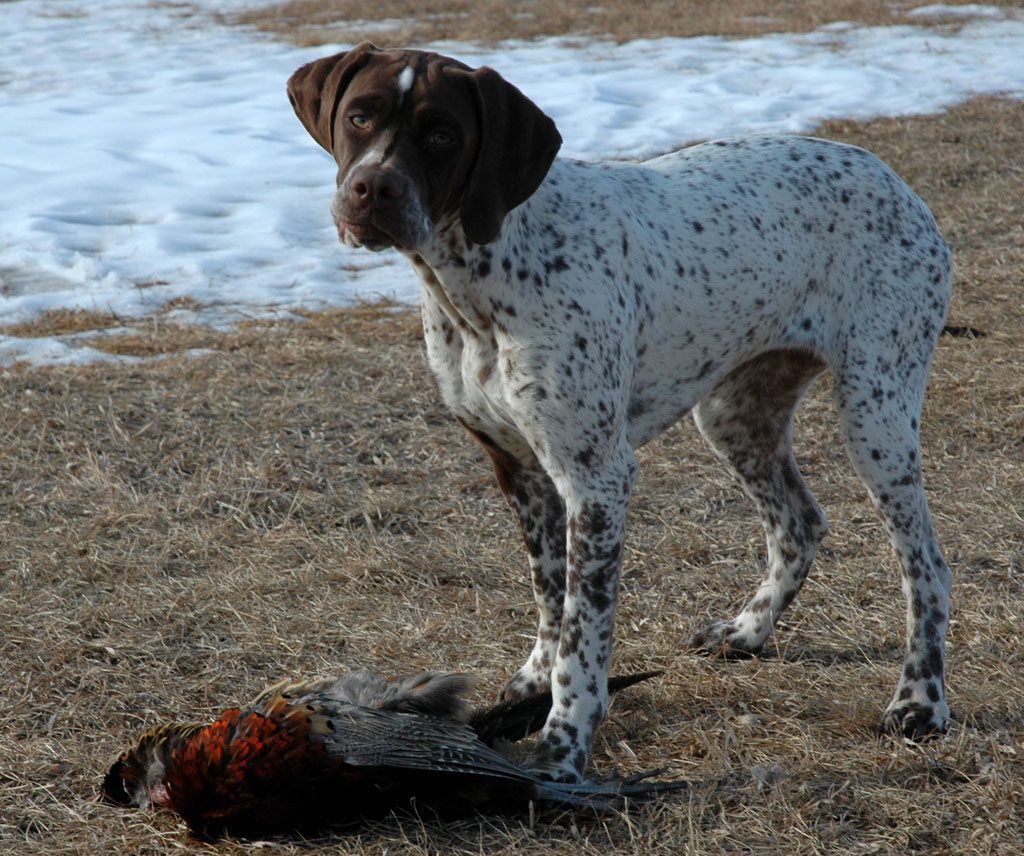
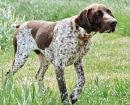
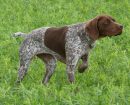
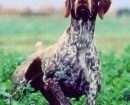
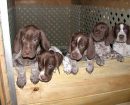
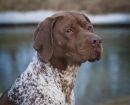
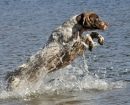
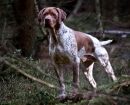
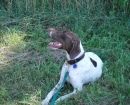
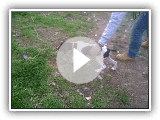 Falco Braque francais of 3 month
Falco Braque francais of 3 month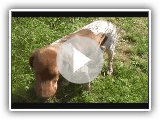 Braque Francais Elof of the balingue
Braque Francais Elof of the balingue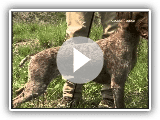 Ga????? ?p?to? ?????to??? Braque Francais Pyreneen
Ga????? ?p?to? ?????to??? Braque Francais Pyreneen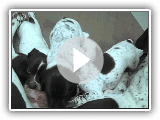 Braque Francais Pups
Braque Francais Pups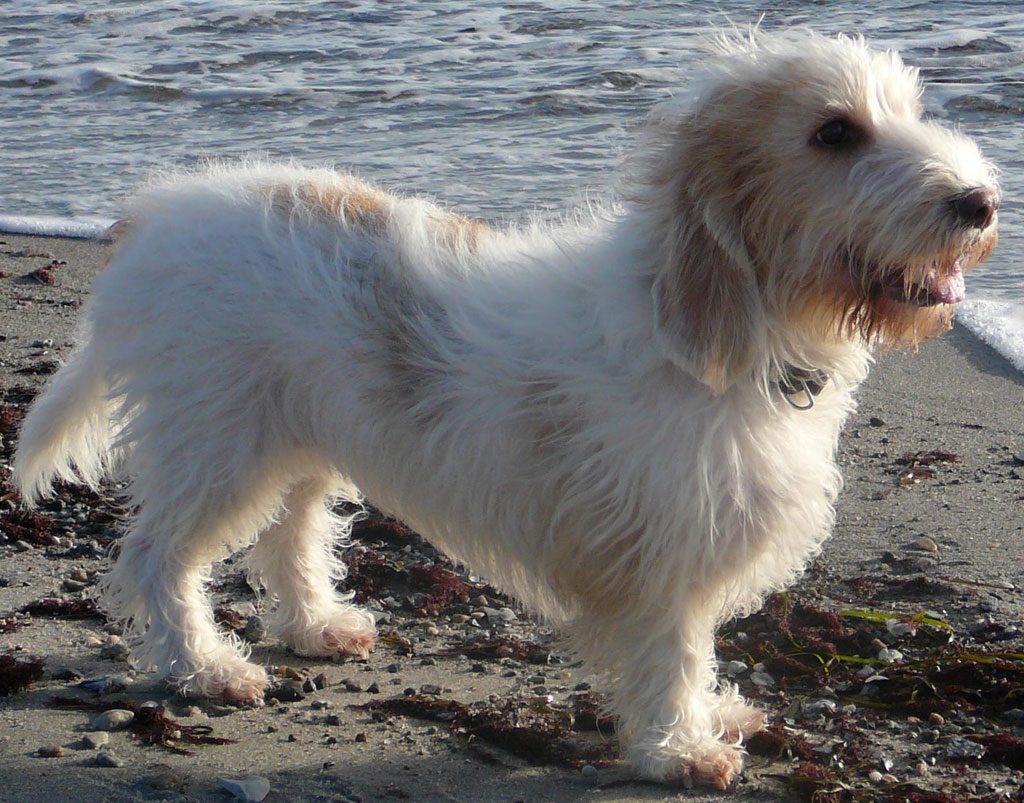
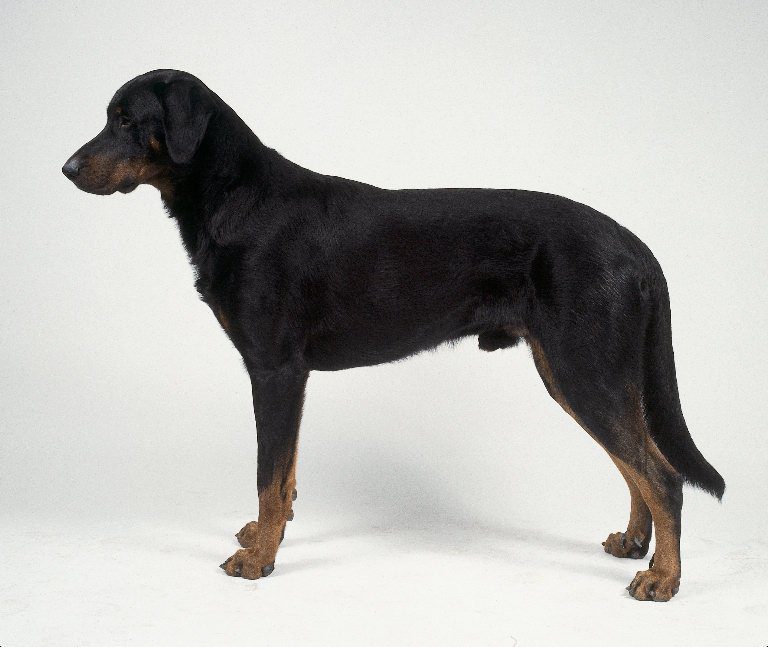
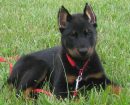
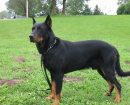
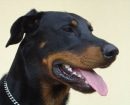
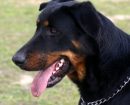
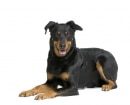
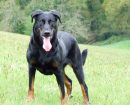
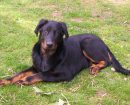

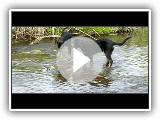 Beauceron Bayern – Arven und Nava
Beauceron Bayern – Arven und Nava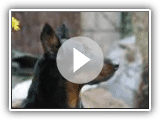 BEAUCERON PUPPIES by EDUARDO DURÁN HAEDO
BEAUCERON PUPPIES by EDUARDO DURÁN HAEDO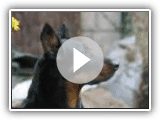 BEAUCERON PUPPIES by EDUARDO DURÁN HAEDO
BEAUCERON PUPPIES by EDUARDO DURÁN HAEDO Beauce character
Beauce character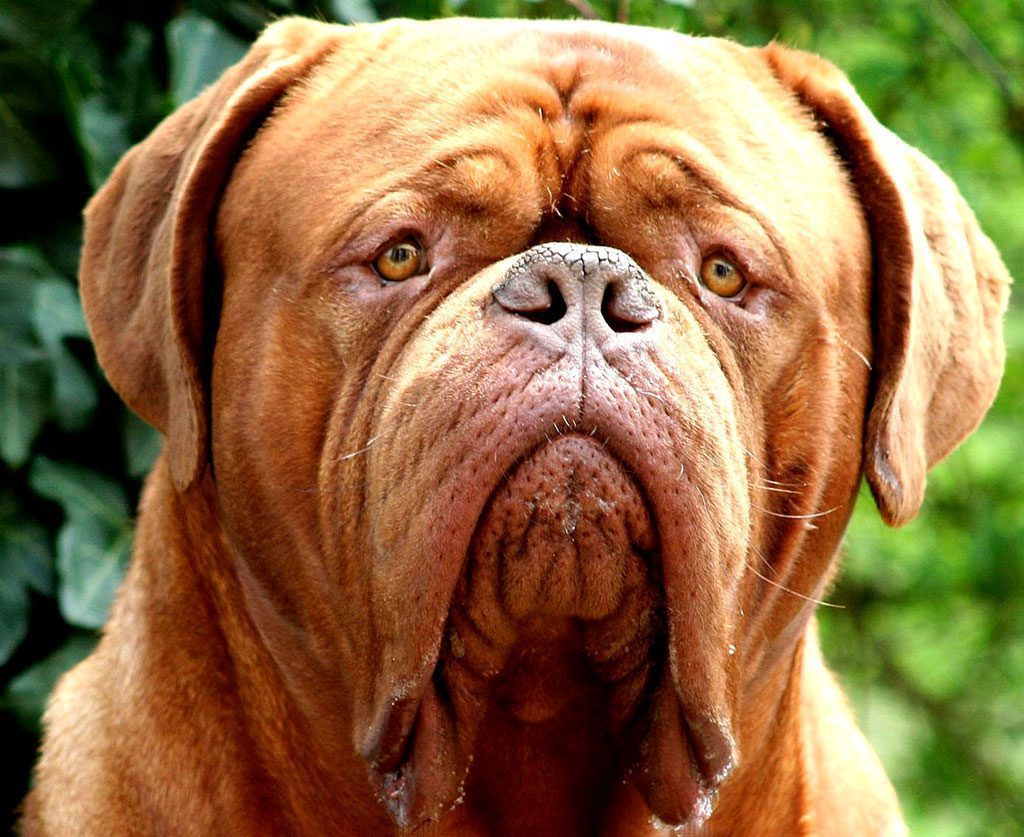
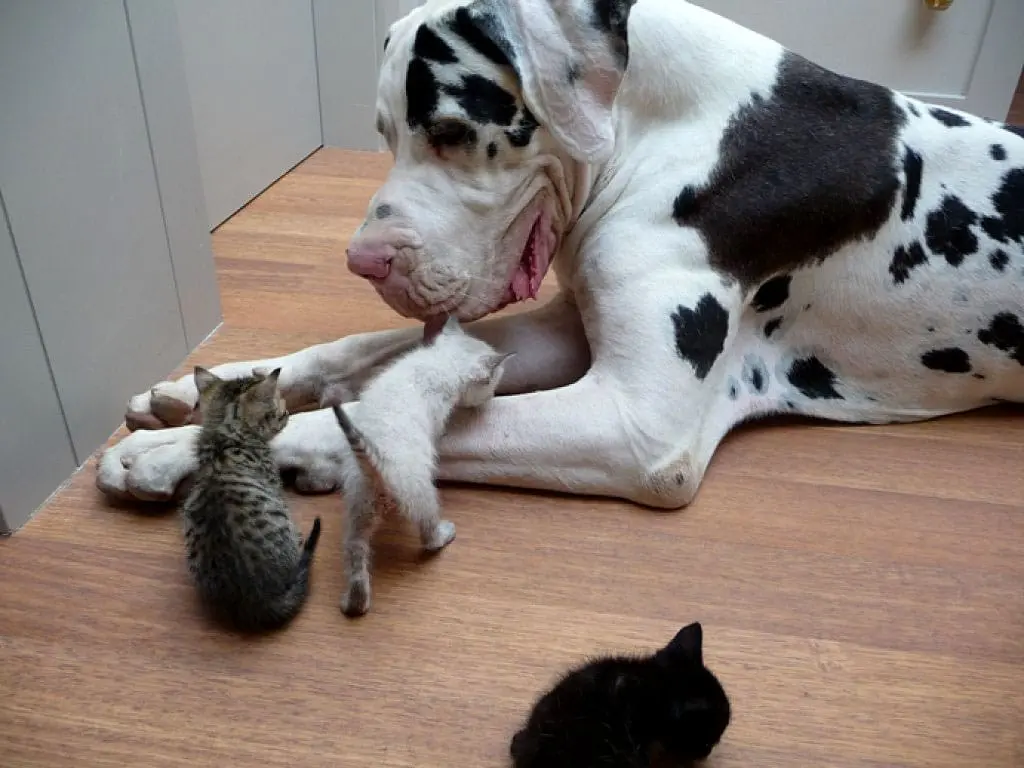
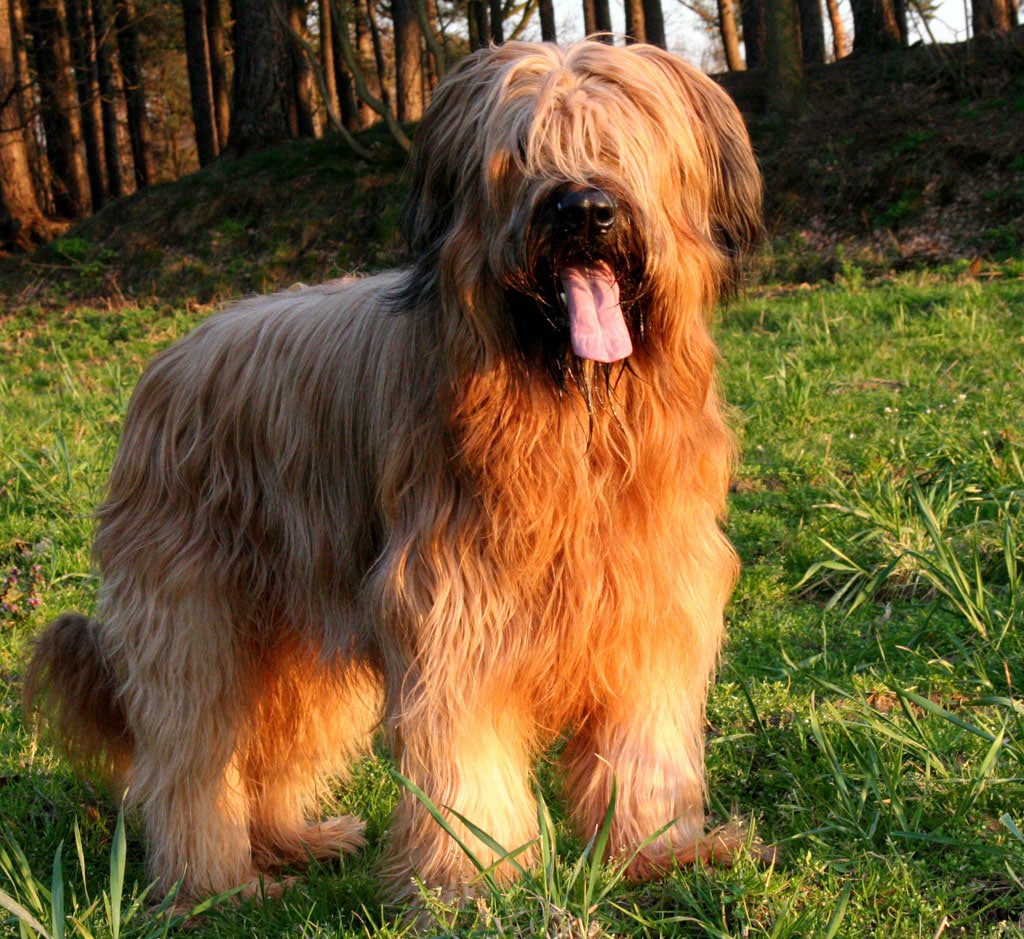

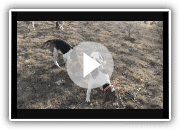 Artois Hound
Artois Hound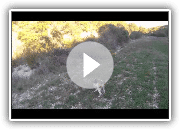 Dog (d)’ artois
Dog (d)’ artois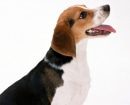
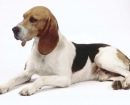
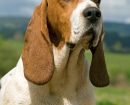
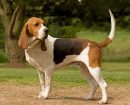
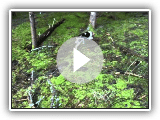 Artois dog at 4 month
Artois dog at 4 month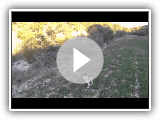 Dog (d)’ artois
Dog (d)’ artois